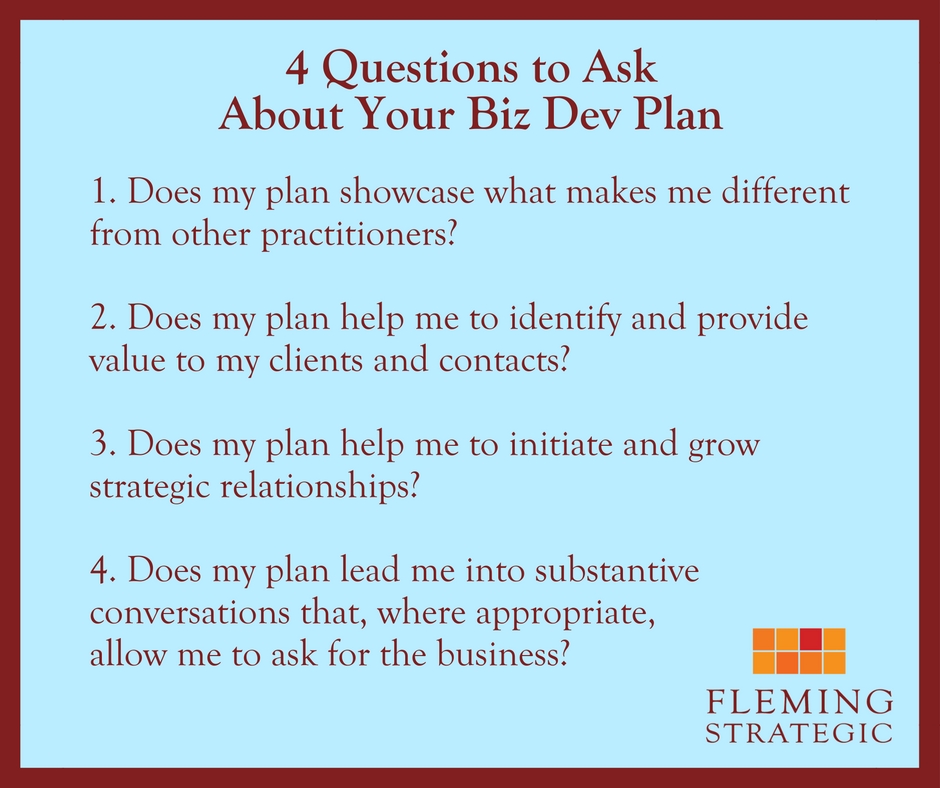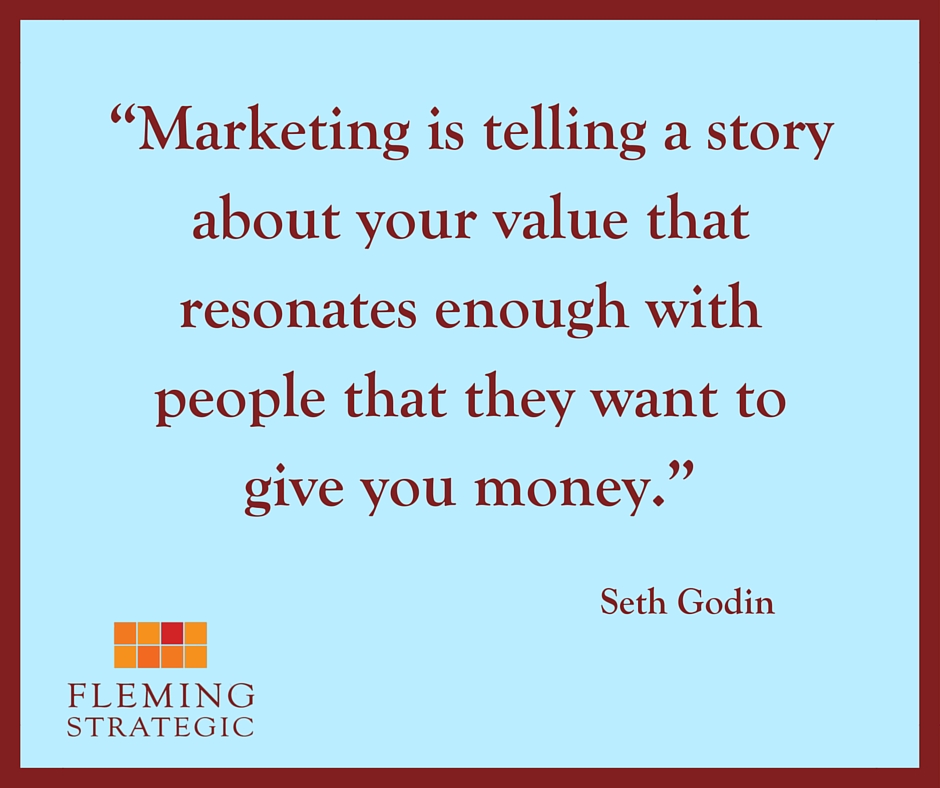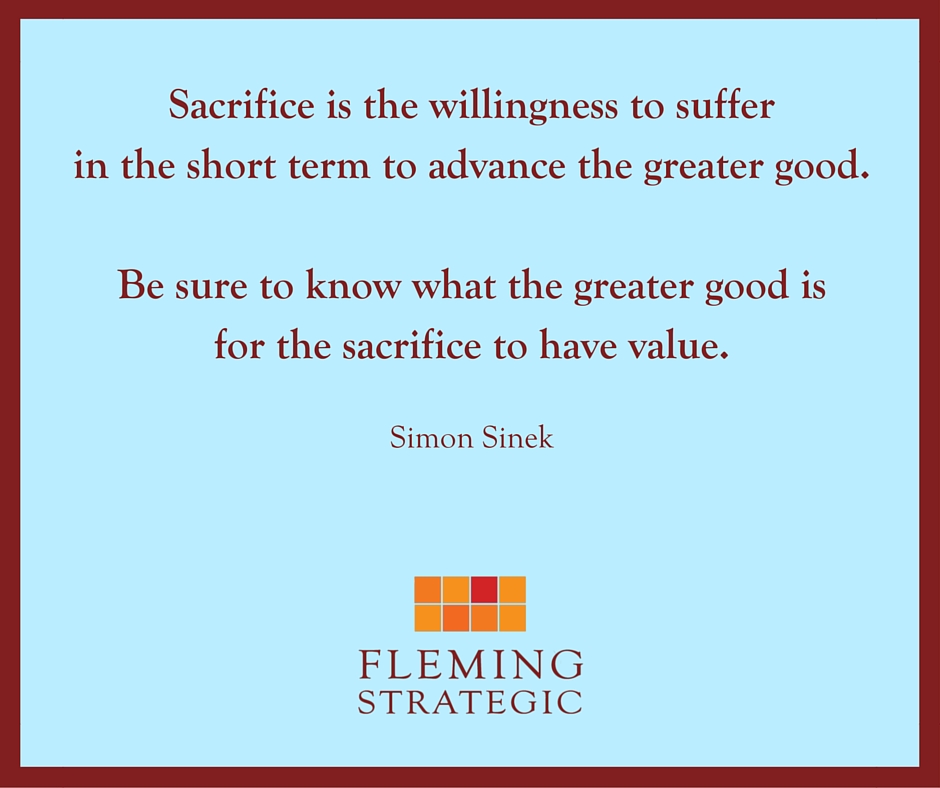Speaking is, hands down, one of the best strategies to use for growing a practice. Why? Because you have an opportunity to showcase your knowledge about some aspect of your area of practice, to give the audience some taste of who you are and how you approach the kinds of problems they may face, and you’re doing so literally in front of an audience, thus creating the opportunity to make personal contact.
But if you don’t take three key steps long before you begin your presentation, speaking is unlikely to yield new business. Those three key steps are:
1. Choose your audience with care. The audiences to whom you speak must be composed of potential clients and/or potential referral sources. That’s why delivering a CLE to other lawyers in your field of practice probably won’t yield new business unless your practice is so distinctive that some of those lawyers are likely to refer business to you.
2. Give useful information, but be clear about the problems not addressed in your presentation. You want to demonstrate your skill, but you also want to set yourself up to handle the kind of problem you’re addressing and others related to it. Unless your area of practice lacks nuances (which is unlikely), be clear that your presentation covers problems A and B but doesn’t attempt to address problems C-E, which are critical to a successful outcome. You don’t want to complicate a topic, but you also don’t want to simplify it so much that further assistance seems unnecessary unless in fact it is.
3. Plan your follow-up process. It’s unlikely that audience members will approach you ready to hire you even after the most successful presentation. In an ideal world, potential clients will remember your name and keep your contact information at hand so they can contact you when they need your help, but you shouldn’t count on that. Instead, offer useful follow-up material like a checklist or infographic that summarizes your presentation. Deliver that information as a part of a follow-up sequence (which might include an invitation to answer questions, an offer of additional resources, perhaps a personal contact, and possibly a newsletter for ongoing contact) so that you may remain in contact with interested members of the audience.
If you take these three steps (and deliver a solid presentation in terms of content and style), you’ll be on the way to securing new business from some member(s) of your audience. Remember, however, that landing the work (and even getting into conversation about specific work you might handle) won’t necessarily be an immediate outcome—which is why you’ll have your ongoing follow-up planned before the day of your presentation.



